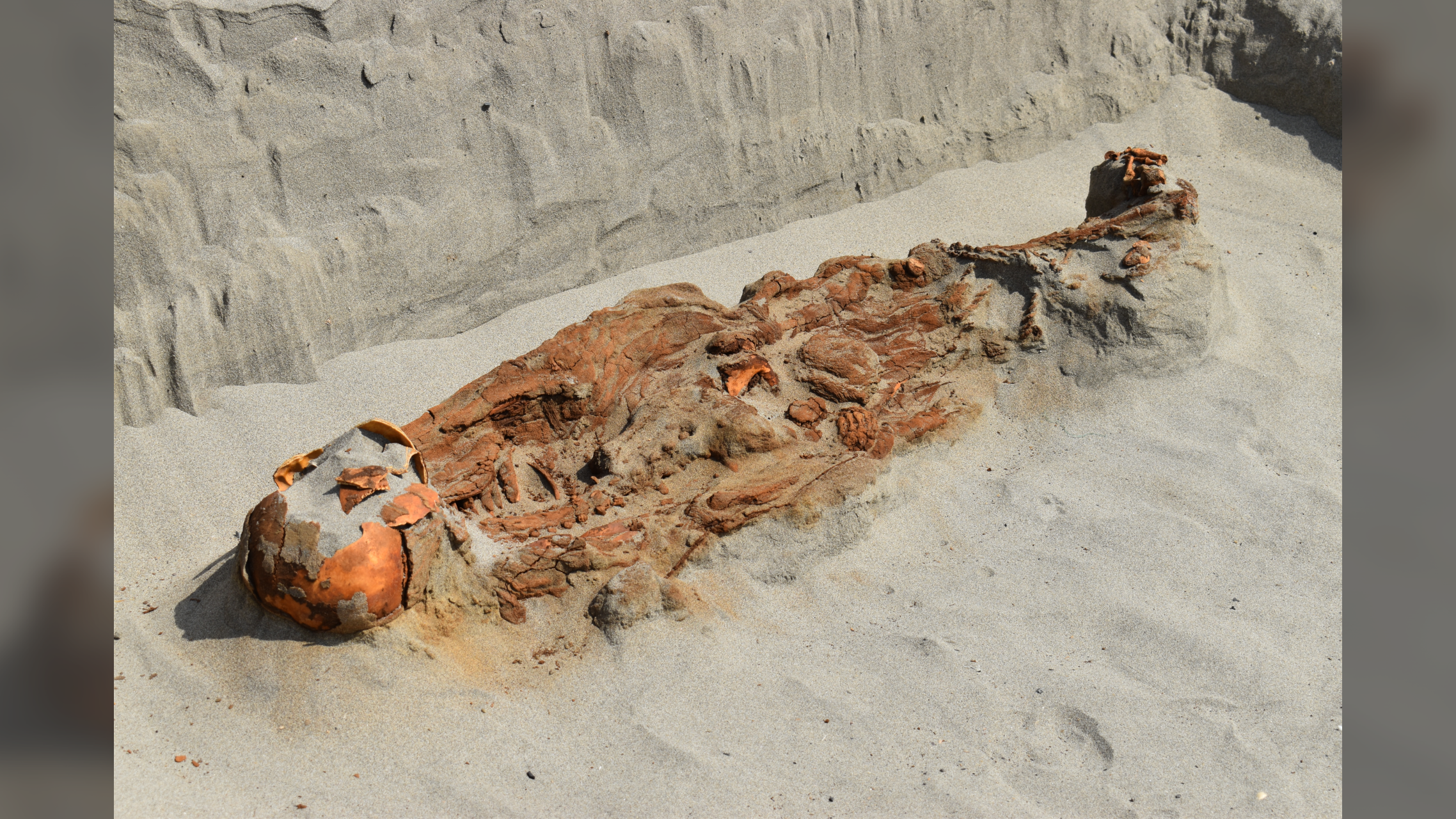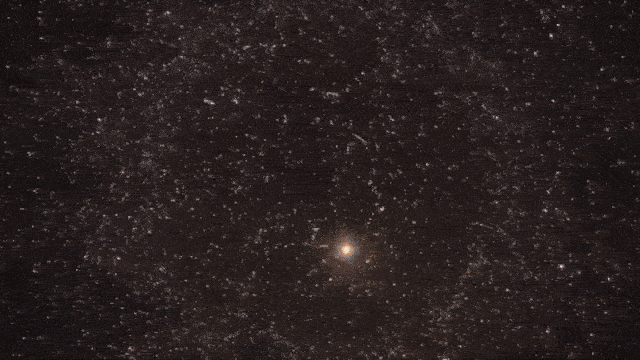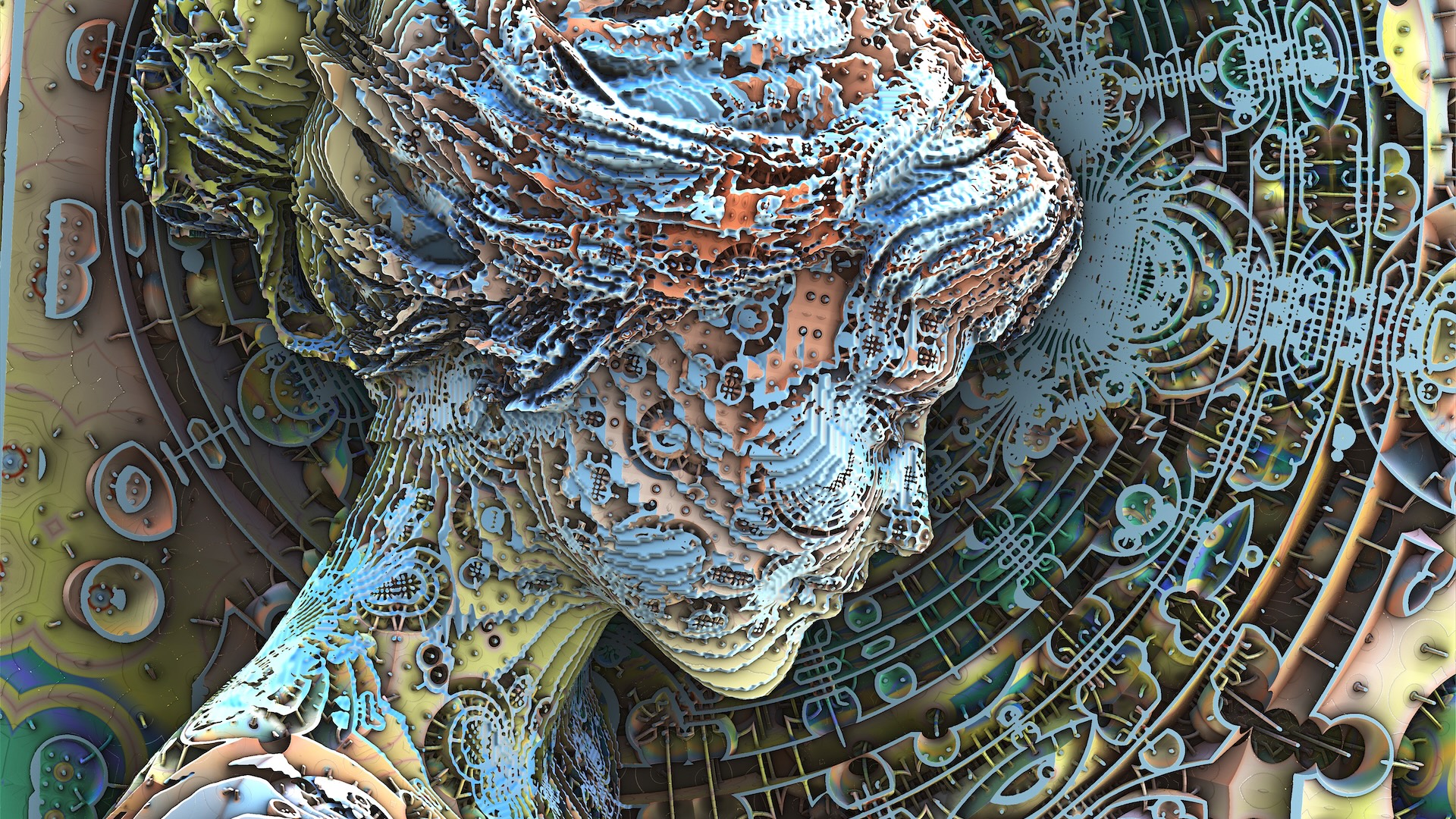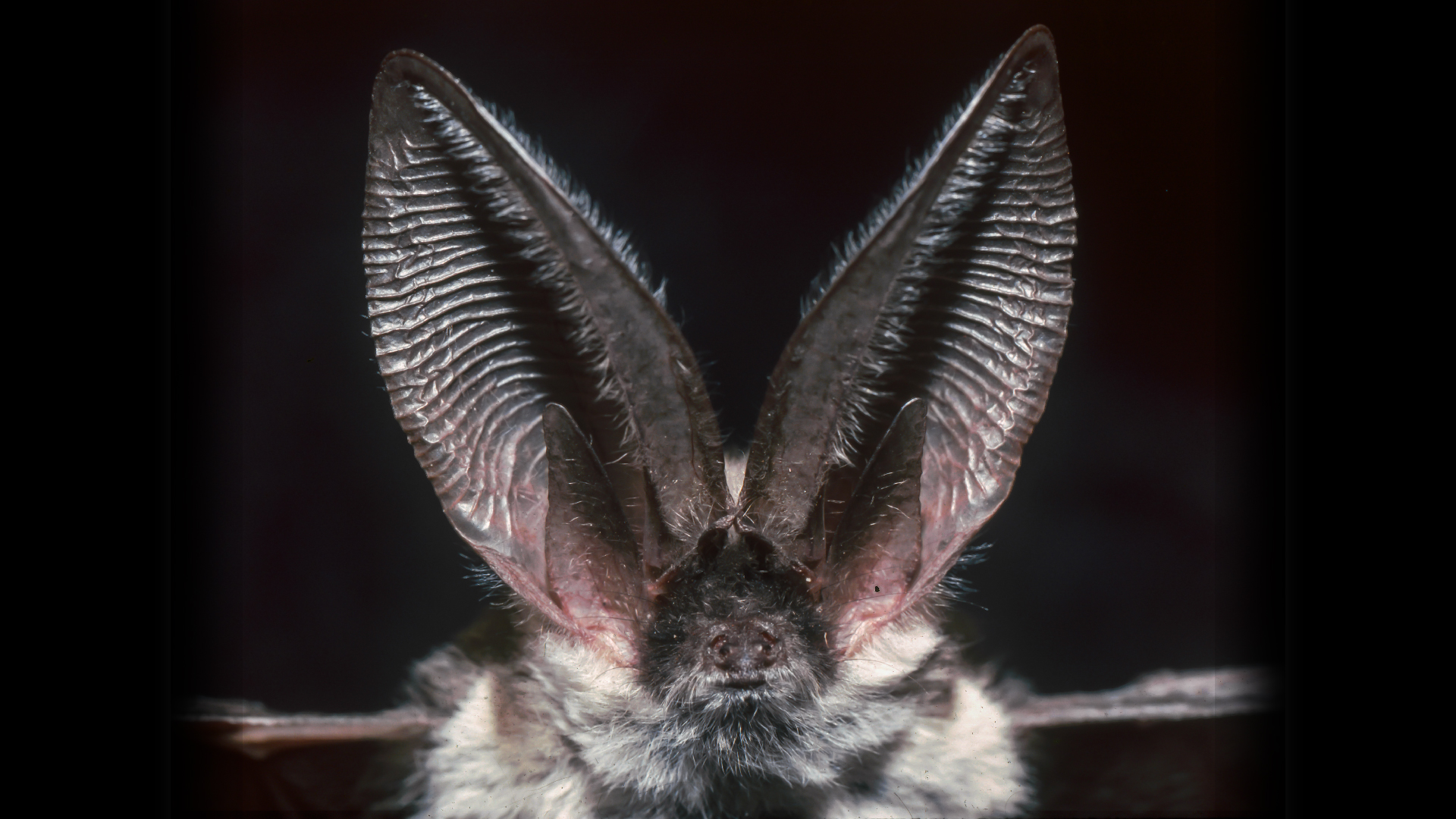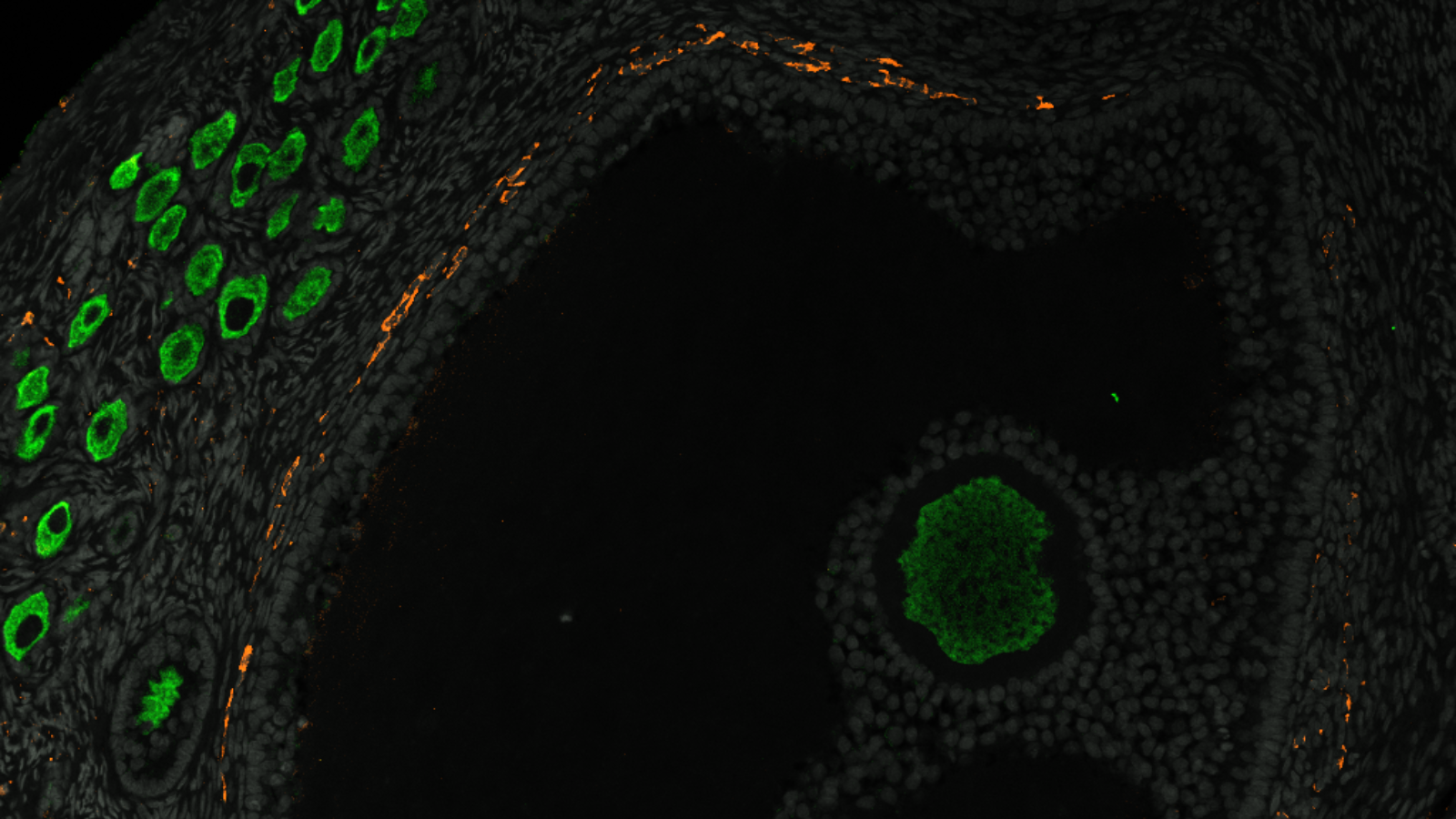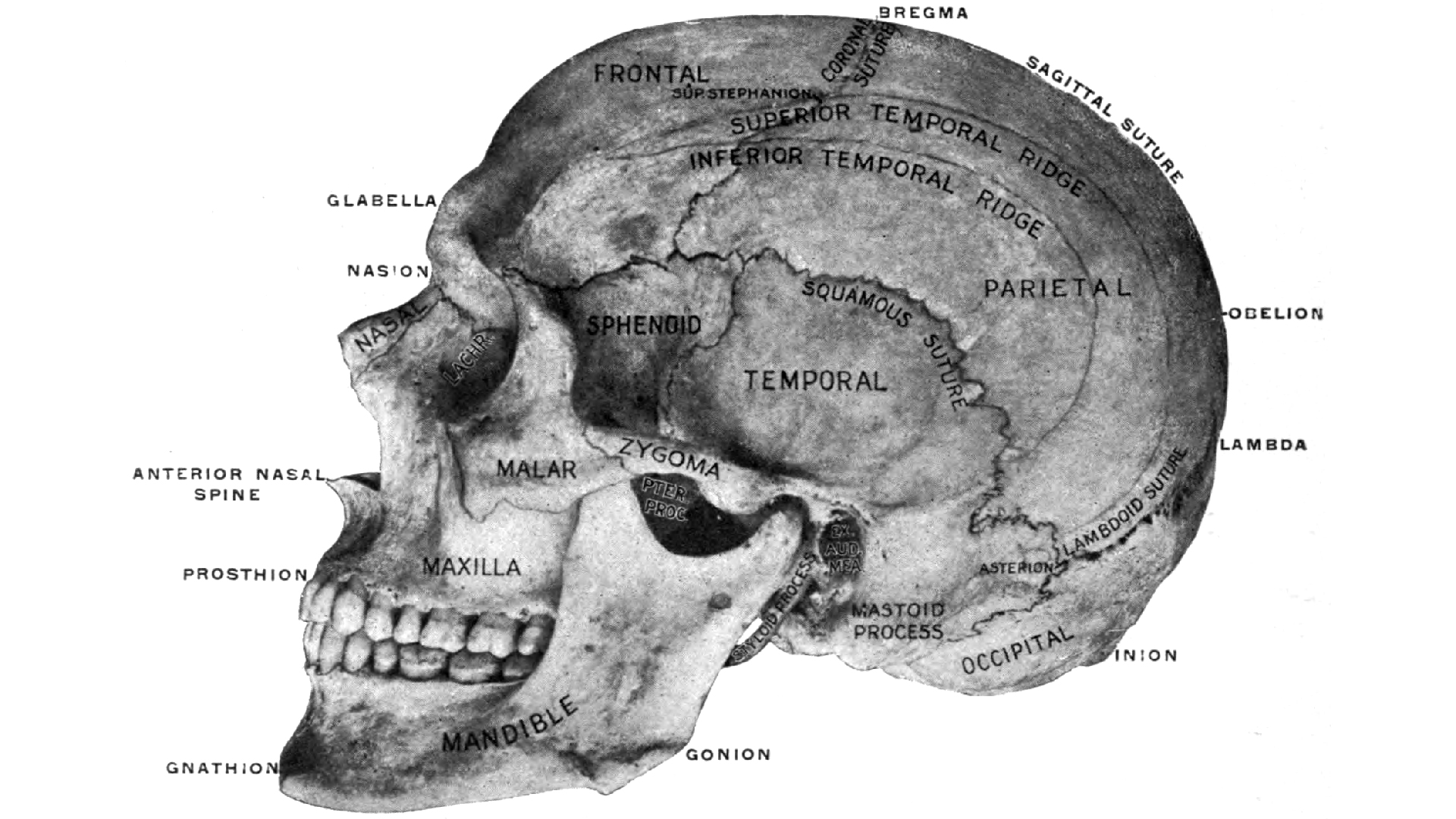Astronomers think they have detected an extremely rare type of “missing link” black hole chowing down on a helpless star at the edge of a distant galaxy — and they’ve shared a stunning animation showing what this superbright stellar massacre may have looked like.
Black holes come in a range of sizes, from primordial singularities smaller than the sun to supermassive black holes that are up to 40 billion times more massive than our home star and hold together galaxies such as the Milky Way. There are also medium-size versions, known as intermediate-mass black holes (IMBHs), which range from 100 to 100,000 solar masses. We know little about these medium-size objects, however, as they are incredibly hard to find.
IMBHs are elusive because they are not big enough to produce energy jets or bind galaxies together, and they are often confused with clusters of smaller “stellar mass” black holes left over from collapsed stars. Researchers also think IMBHs may hide behind small groups of stars that closely orbit them without being ripped apart.
The most reliable way to spot IMBHs is indirectly, by measuring the masses of merging black holes or by catching them in the act of consuming a star. To date, around 300 IMBH candidates have been spotted, but there is no way of knowing how many of these are real.
In a study published April 11 in The Astrophysical Journal, researchers reported that they’d spotted another promising IMBH candidate, dubbed HLX-1, which is located around 40,000 light-years from the center of the galaxy NGC 6099 and more than 450 million light-years from Earth.
Related: Watch a star get destroyed by a supermassive black hole in the 1st simulation of its kind
By combining data from the Hubble Space Telescope and NASA’s Chandra X-ray Observatory, the study team believes they have spotted a bright flash, or “tidal disruption event,” caused by the black hole devouring a neighboring star. The researchers also used computer simulations to predict how this cosmic murder played out and produced an animation showing HLX-1 ripping apart — or “spaghettifying” — its stellar victim (see below).
Astronomers first saw a bright source of X-rays coming from HLX-1 in images taken by Chandra in 2009. Researchers think this bright light was a tidal disruption event, which occurs when stars get ripped apart by black holes, generating a flash of radiation. The high-energy light coming from the suspected black hole peaked in 2012 and has gradually dimmed ever since.
However, as with many other IMBH candidates, it is not 100% certain that HLX-1 is a genuine IMBH. The light could also be caused by an accretion disk — a swirling ring of superhot matter surrounding the black hole’s event horizon — that is fluctuating in size. The only way to tell which explanation is more likely is to monitor the light source. If it continues to dim without additional flare-ups, then it probably generated a tidal disruption event.
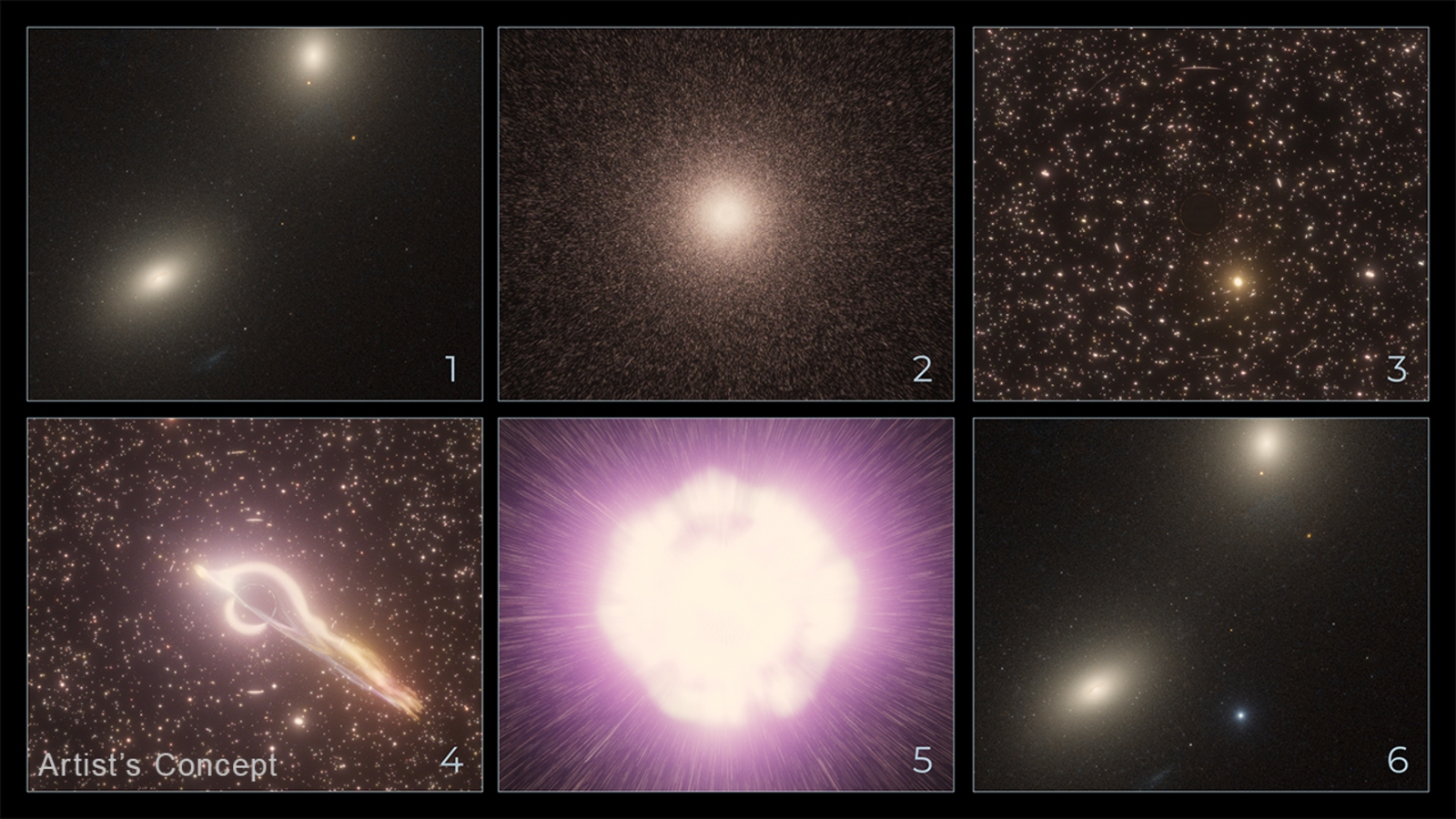
In addition to being rare, IMBHs are important because of what they can tell us about other black holes. They “represent a crucial missing link in black hole evolution between stellar mass and supermassive black holes,” study lead author Yi-Chi Chang, a researcher at the National Tsing Hua University in Taiwan, said in a statement.
One theory about IMBHs is that they may start as large stellar-mass black holes and eventually grow into supermassive black holes over billions of years. For this to happen, they may spend most of their lives on the outskirts of galaxies, like HLX-1, before they are catapulted into intergalactic space. Some researchers even suspect that a similar IMBH may circle the fringes of the Milky Way.
To support this theory, astronomers are now on the lookout for more potential tidal disruption events on the edges of other galaxies.
Recent technological advancements, including the James Webb Space Telescope, have shown promise in detecting these missing links. The study team also noted that the newly operational Vera C. Rubin Observatory, which recently released its spectacular first images, may be able to detect tidal disruption events in visible light.

Watch On


